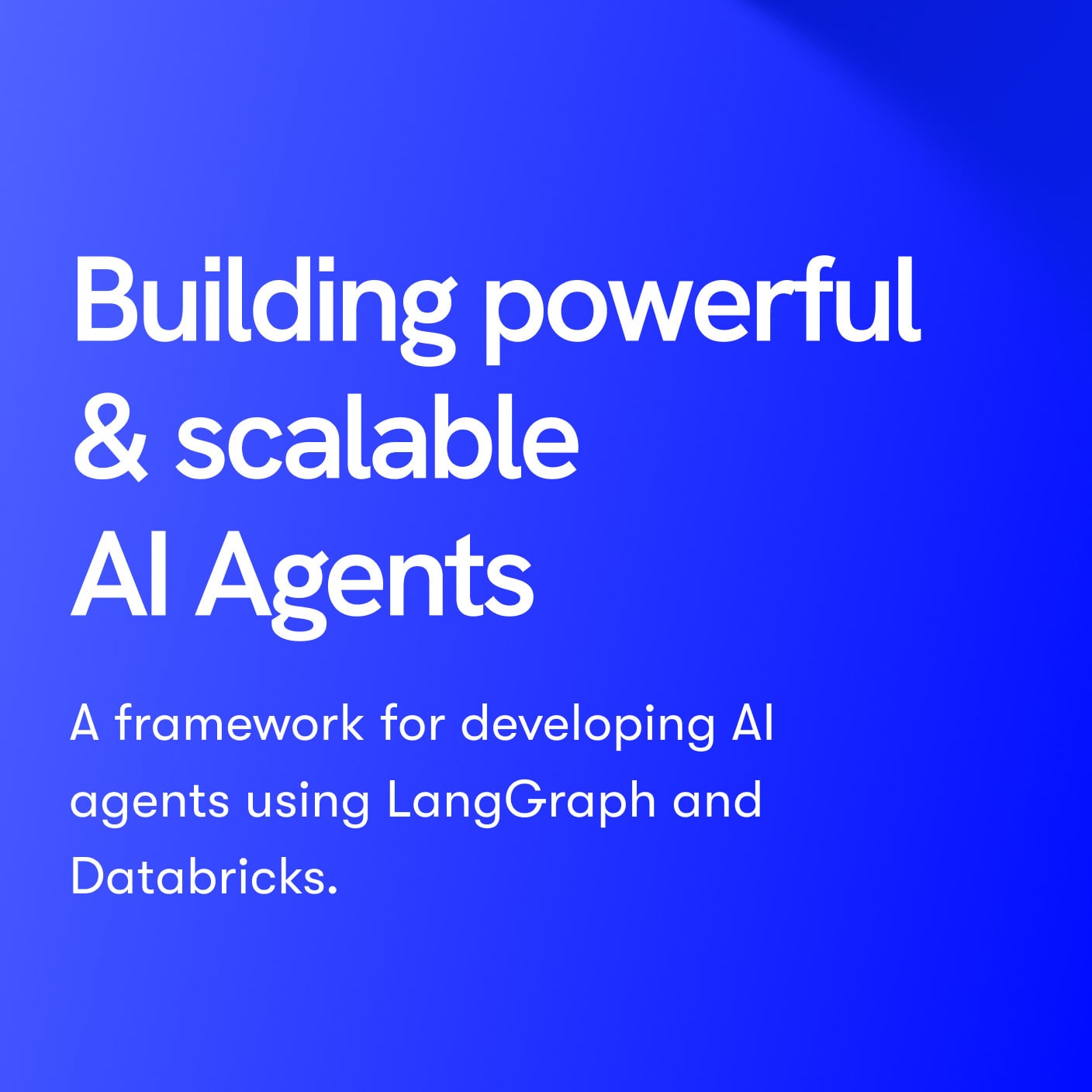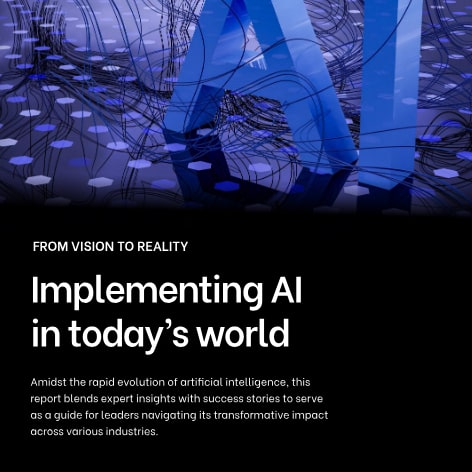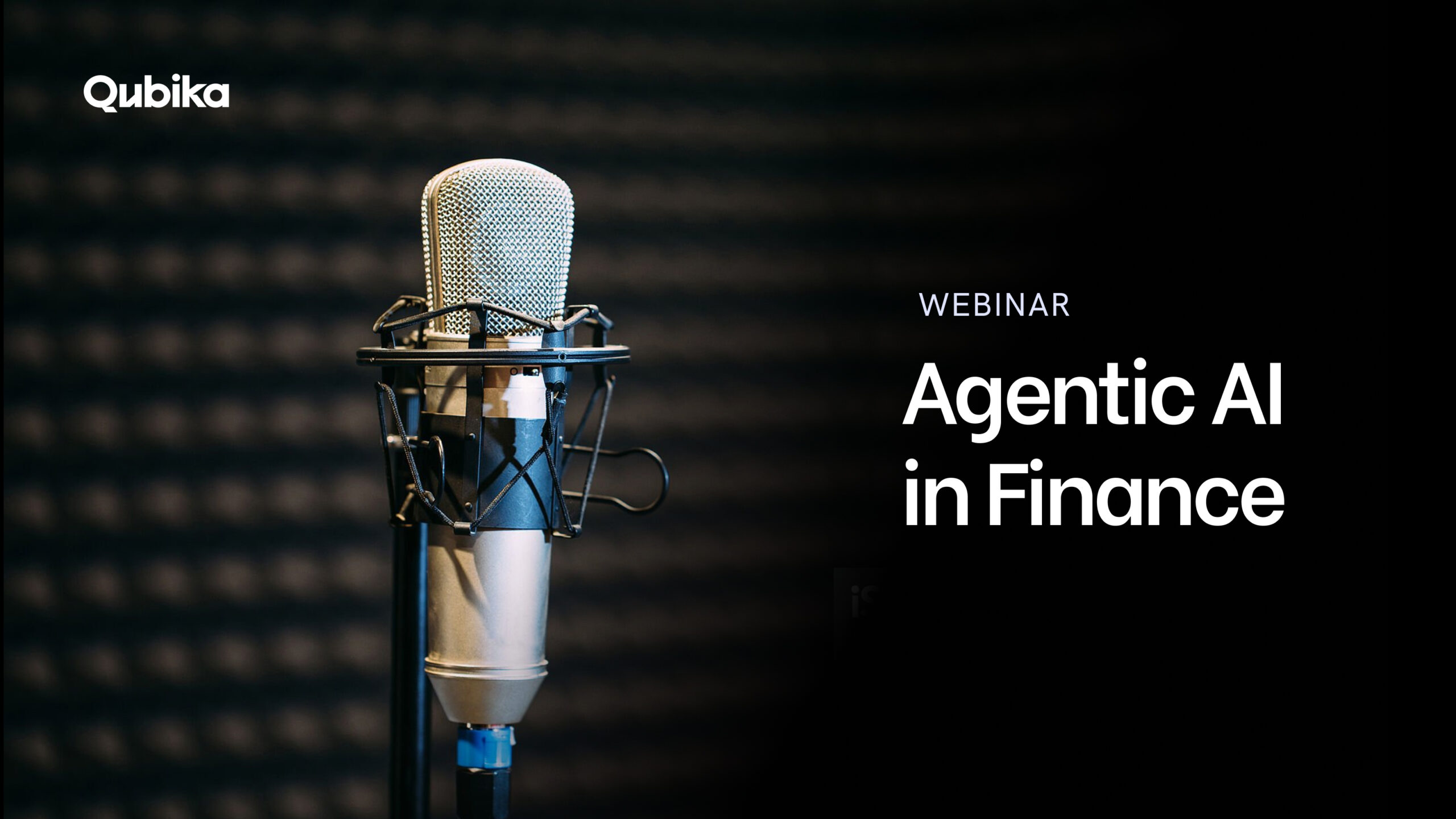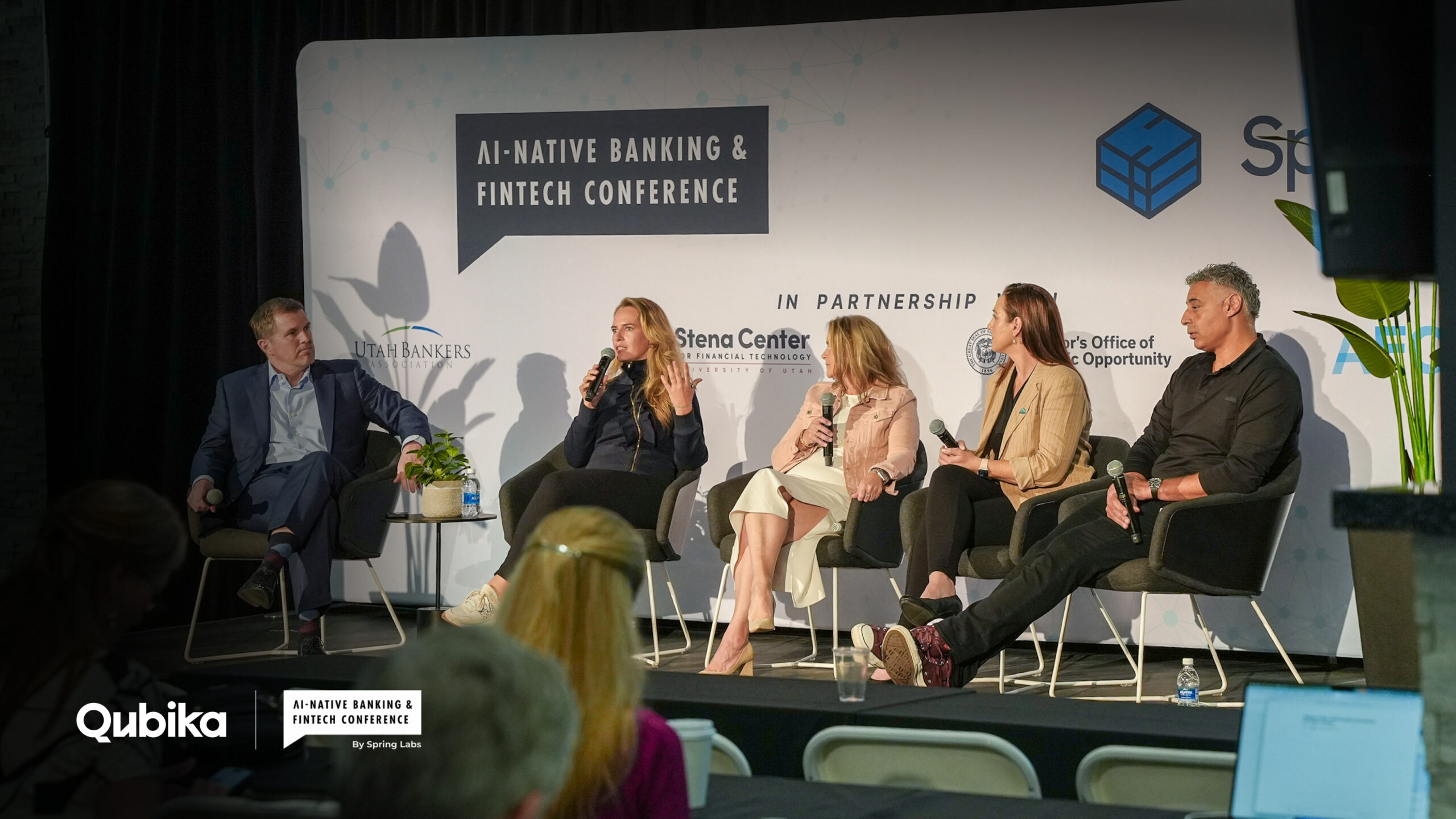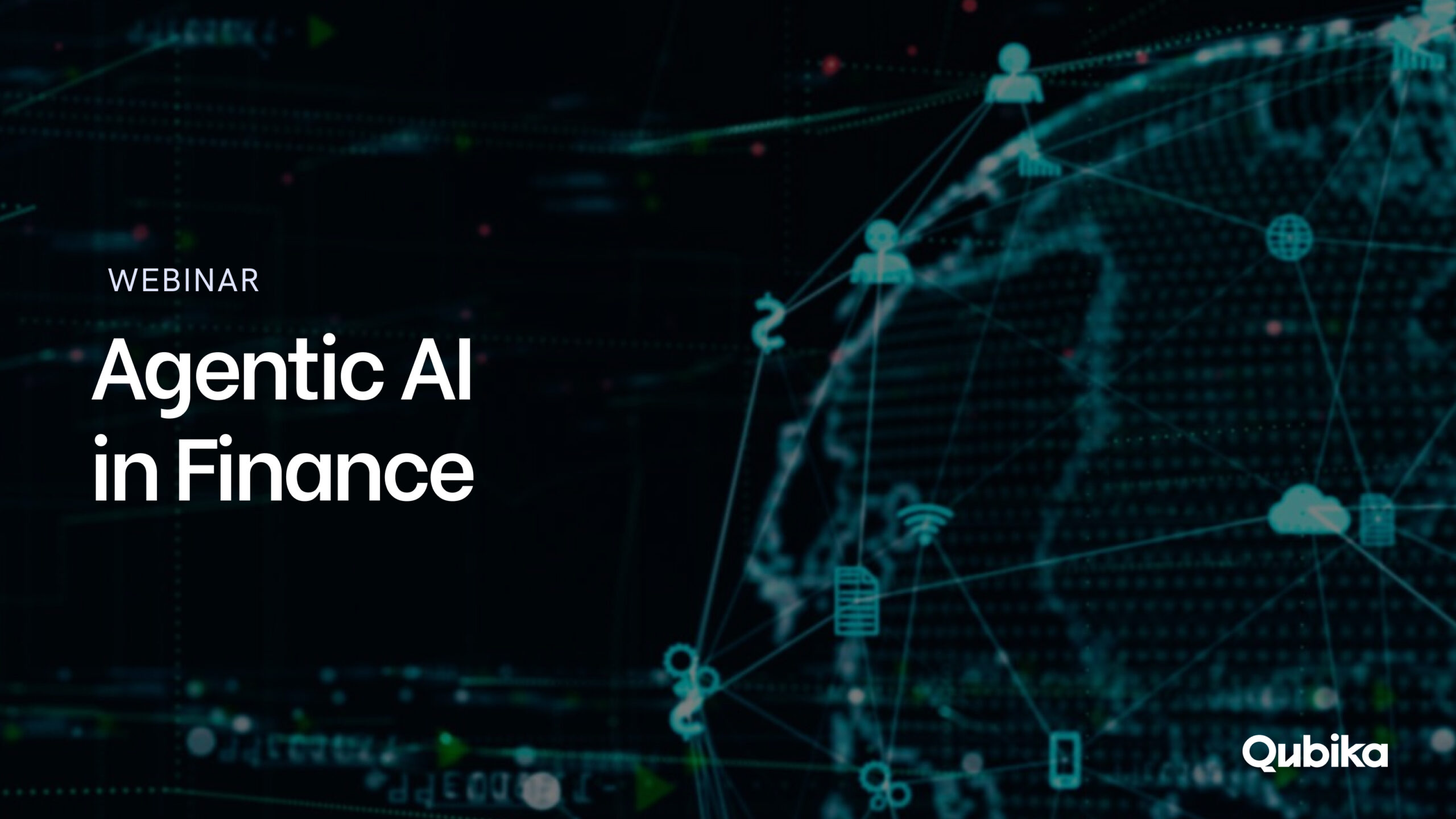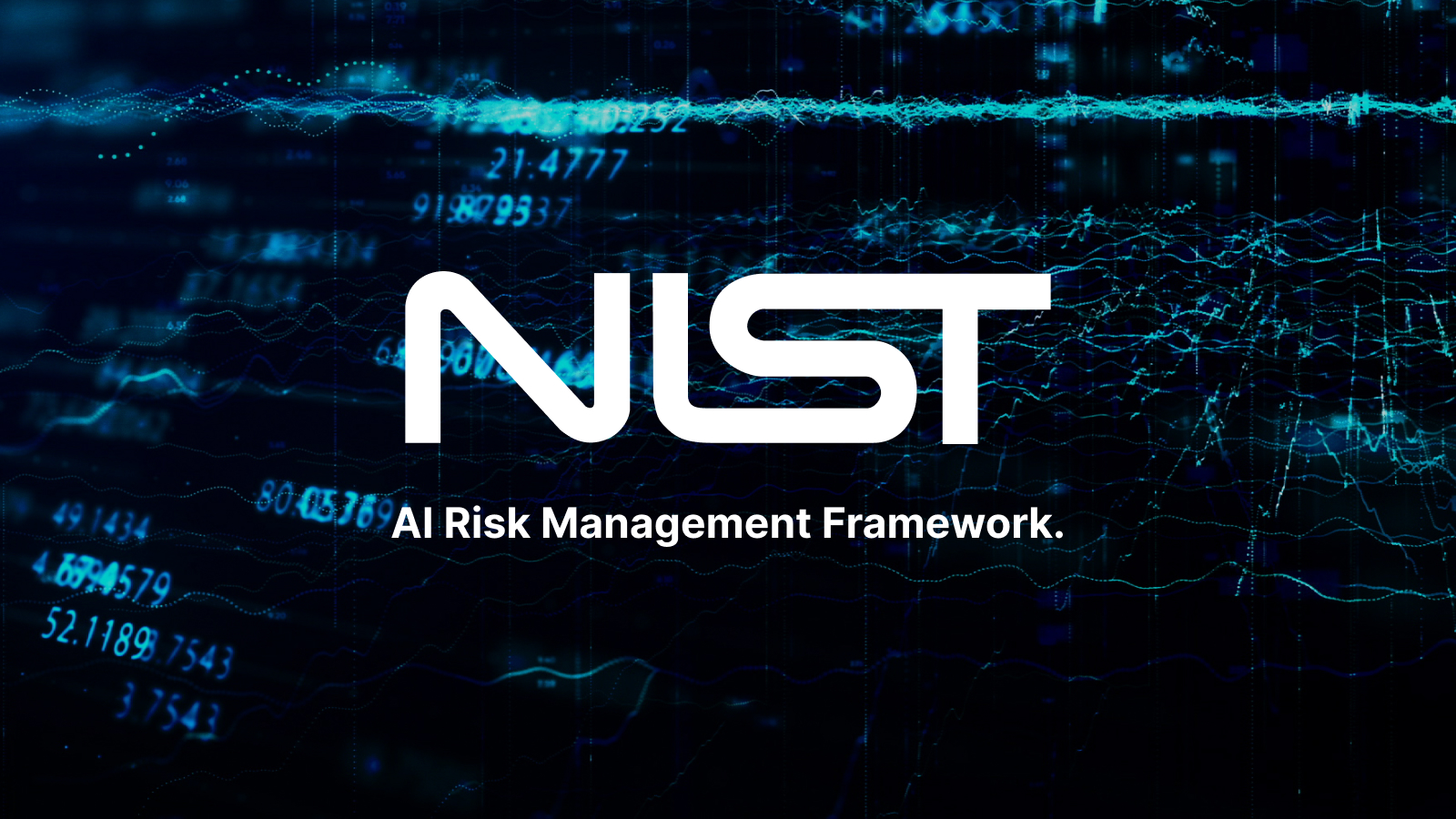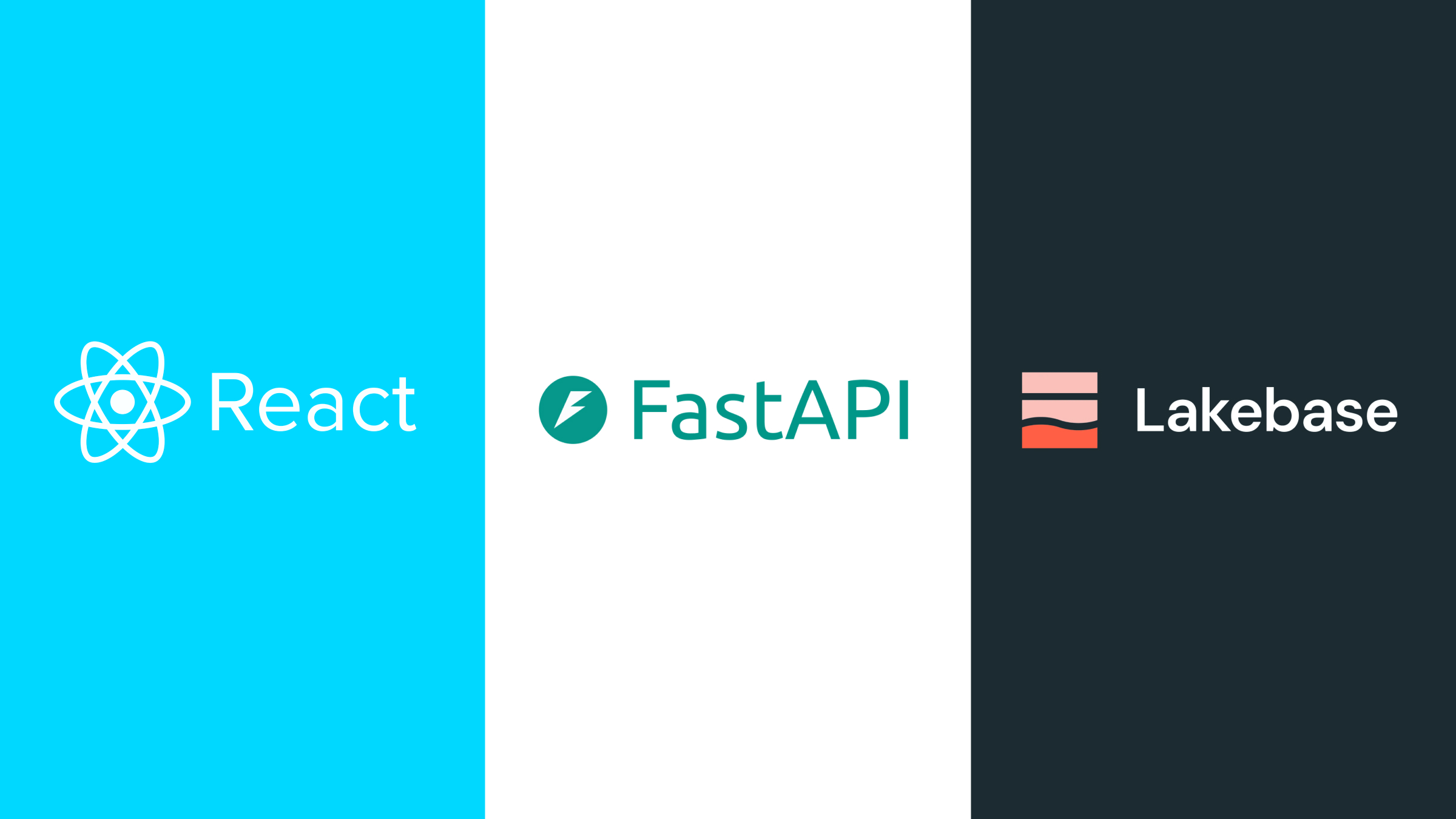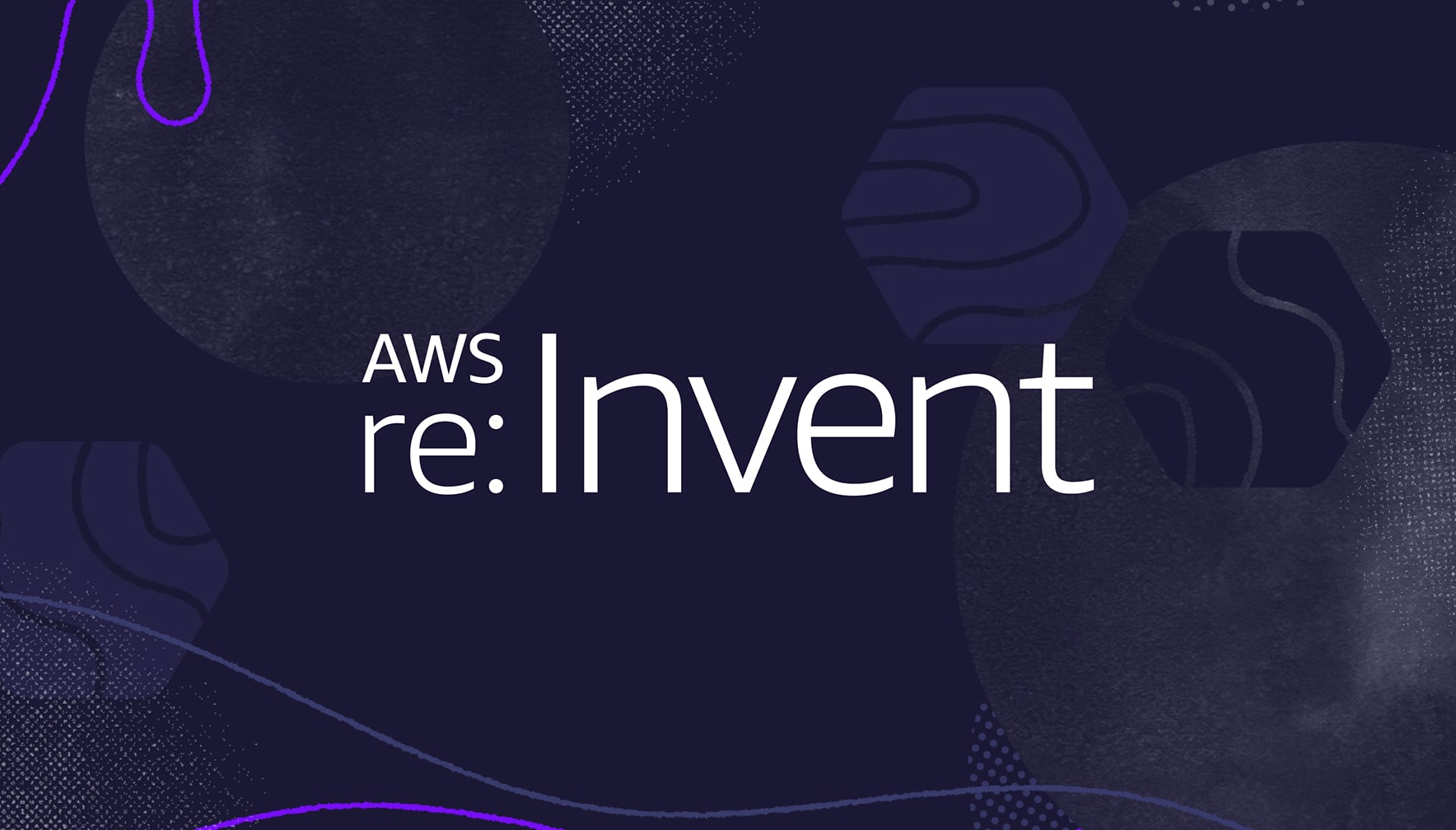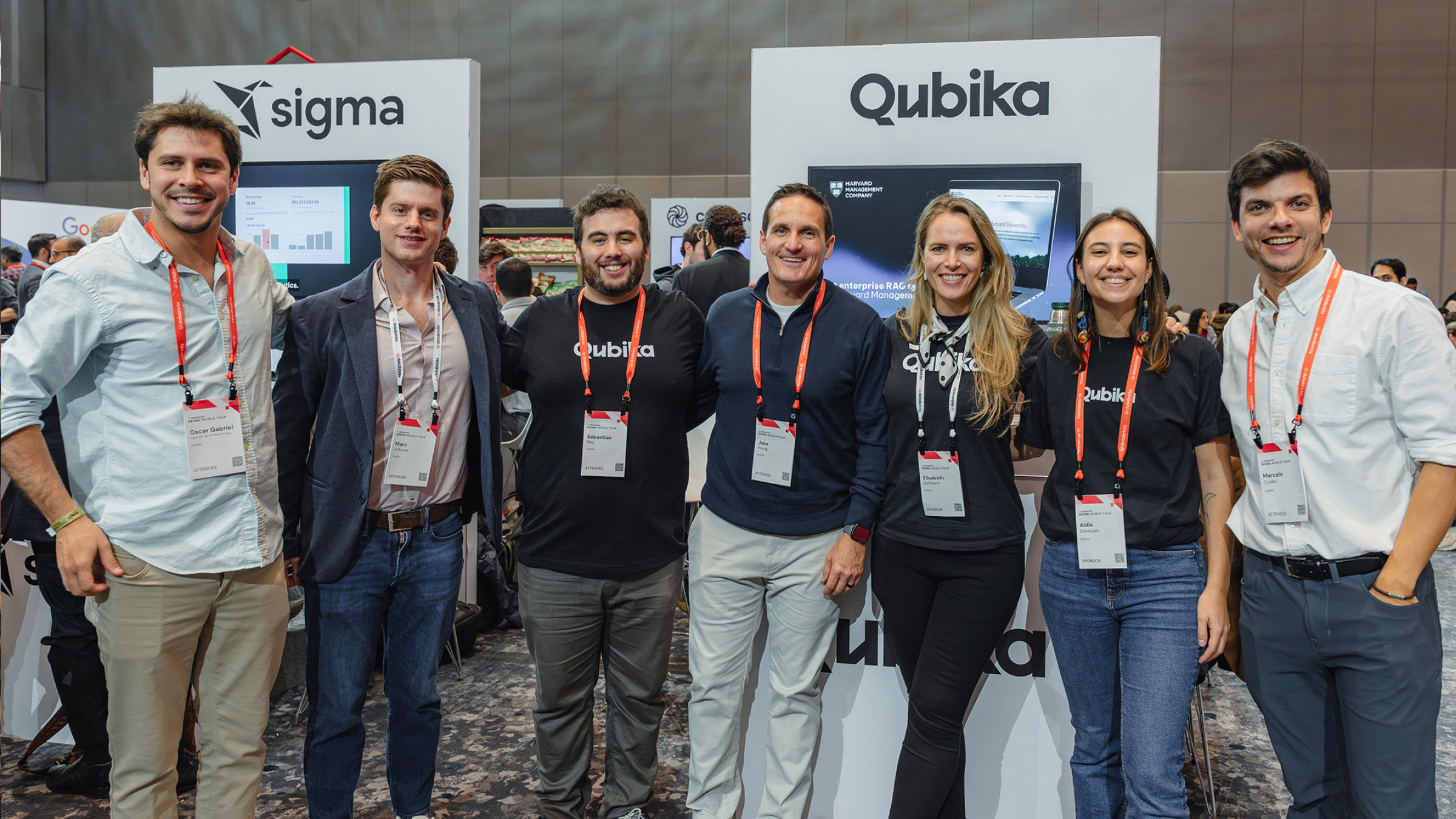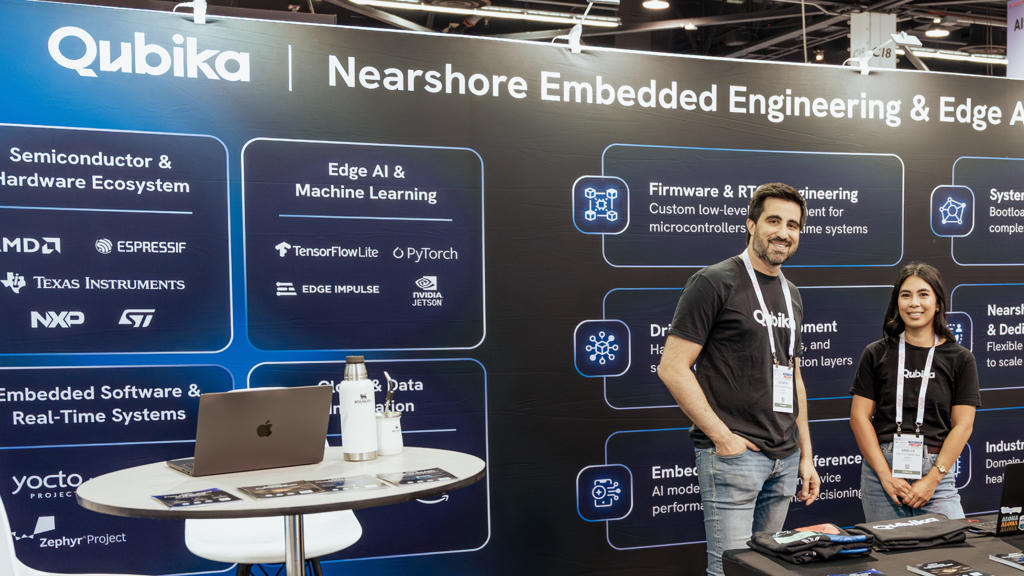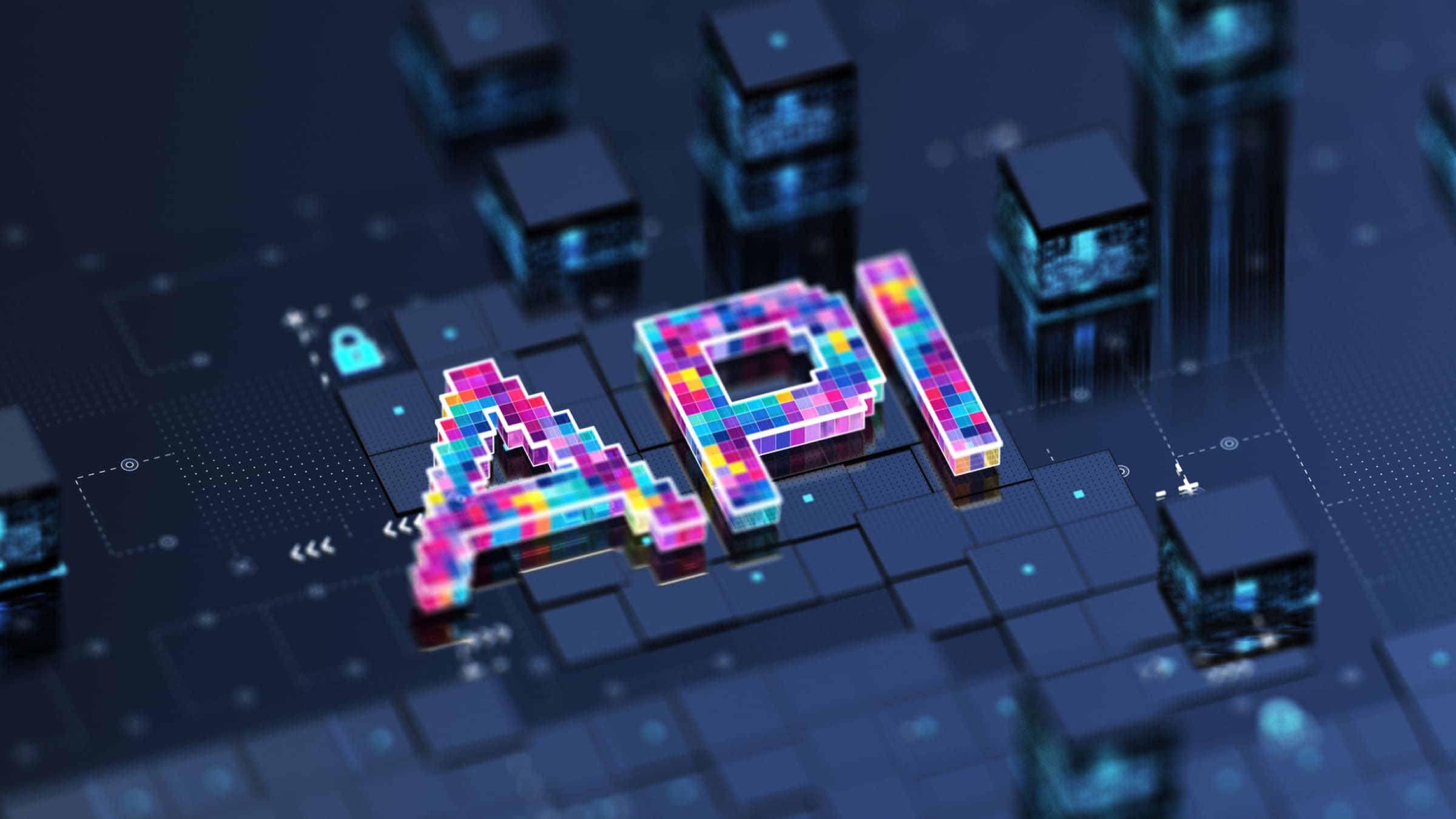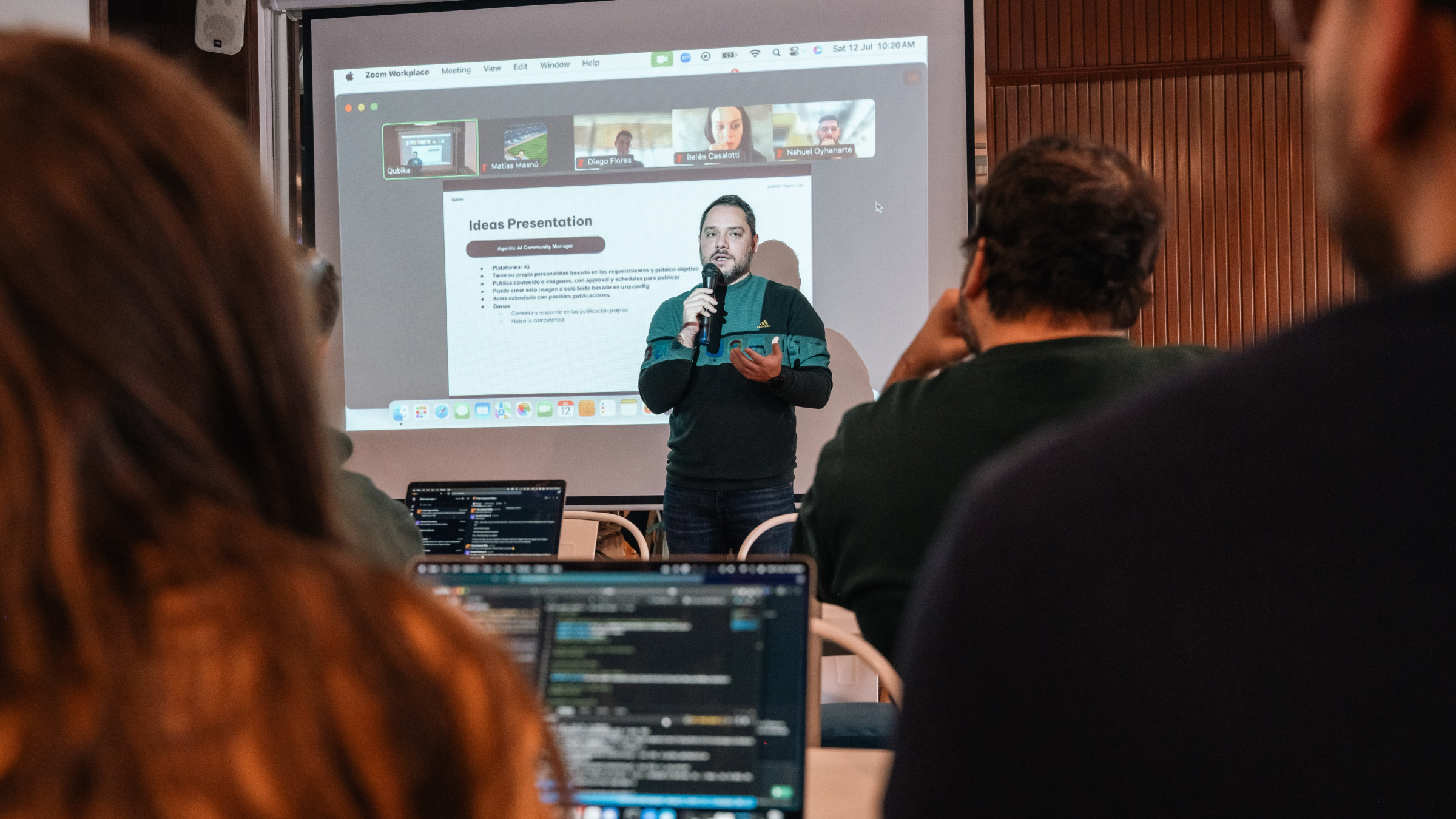In our recent webinar “Agentic AI in Finance: How to Build Agents Using Databricks and LangGraph,” I explored what it really takes to make AI systems in finance scalable, compliant, and trustworthy.
In finance, decisions are made in seconds, yet data remains scattered across multiple systems and formats. These silos are the biggest barriers I see when implementing AI.
And then there’s compliance. Finance is one of the most regulated industries in the world. Every time we build or deploy a model, we need to ensure it’s traceable, explainable, and compliant with privacy and data governance standards. If not, we risk putting sensitive information – and institutional trust – in danger.
This gets to a core message of the webinar – that financial institutions must design AI systems that are observable, traceable, and explainable from day one.
Databricks: The foundation for responsible AI
A key part of the discussion centered on Databricks and its pivotal role in building reliable, compliant AI systems.
As I highlighted,
“One of the big problems in building AI solutions isn’t just data diversity – it’s how to monitor and evaluate them. You need to know if your AI’s answers are actually correct, not just a gut feeling. That’s where Databricks helps us bring observability and structure.”
Databricks’ lakehouse architecture unifies structured and unstructured data within a governed environment, giving organizations the ability to monitor performance, ensure compliance, and maintain full visibility over their models. For financial institutions, that means they can scale AI while maintaining trust, security, and accountability.
LangGraph: From models to intelligent agents
LangGraph enables the creation of agentic AI systems – models that can reason, take action, and interact intelligently within defined parameters. I explained that Qubika’s approach is centered on customization and context-awareness.
“We’re trying to separate ourselves from generic AI like ChatGPT. Those tools are great, but they’re not customized for your business – they don’t understand what makes your organization different.”
LangGraph gives companies the ability to build domain-specific agents that align with internal policies, workflows, and compliance standards – making AI both powerful and controllable.
The 75% rule: Data is the real differentiator
One of the most important lessons I’ve learned is what I call the 75% rule:
“We discovered that 75% of this game is played on the data foundation side. If you store and classify your data correctly, you make AI’s job easier, reduce costs, and improve accuracy.”
That statement reframes how organizations should think about AI development. Success depends significantly on how well the data is prepared, governed, and connected. Databricks’ architecture enables this by providing a consistent, scalable foundation – while LangGraph operationalizes intelligence on top of it.
From experimentation to execution
There are no shortcuts to solving AI challenges in finance.
“You need good observability, guardrails, and strong data foundations – otherwise, you’re just guessing.”
The combination of Databricks and LangGraph offers a practical framework for organizations to move beyond experimentation and begin deploying agentic AI responsibly.
Looking ahead
Agentic AI represents the next evolution of intelligence in financial services. But as I emphasized in the webinar, the journey begins long before the model is trained – it starts with the data foundation, and with the tools that ensure AI operates safely and transparently.With Databricks as the platform and LangGraph as the framework, it’s possible to build intelligent, compliant, and future-ready systems.
AI Agent Development Services
Qubika builds AI Agents tailored for industry-specific challenges - specialized AI teams collaborate with domain experts to develop industry-specific Agents that drive business transformation, efficiency, and innovation.

